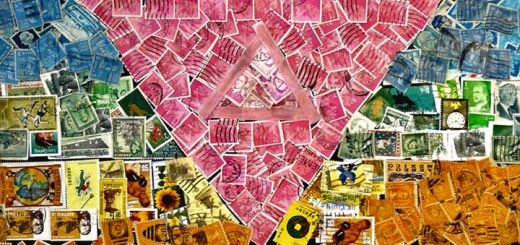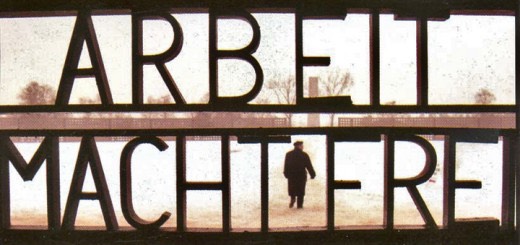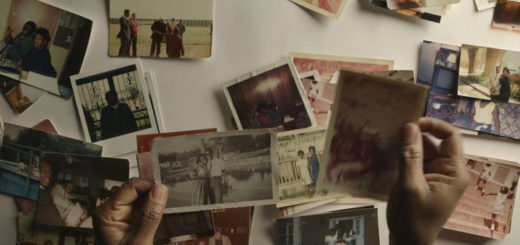Gay love in Nazi Germany. Towards extermination
Text* published on the website ofUnited States Holocaust Memorial Museum (United States), freely translated by Silvia Lanzi
 But five minutes later we knew peace again.
But five minutes later we knew peace again.
Even within the He-halutz groups there were different ideas about how to respond to the transport order*. There were rumors about the real destination of the transports*, but no one knew for sure. For some He-halutz members, going underground seemed like a betrayal of their group; as pioneers they felt they should be with their fellow Jews. Gad recalls that at the end of 1942 the leader of his group expelled him because he said he would not follow the Nazis' transport order. (United States Holocaust Memorial Museum)
But members of Gad's He-halutz group would put aside their political differences to join hands and sing Jewish songs such as “Kineret” (“Sea of Galilee”), “Ba-ah Menucha La-yagai'ah” ( “Rest for the weary”), or “Haseveinu Ailecha” (“Make us return to You”). They could barely sing in Hebrew but, in the face of persecution, Jewish traditions gave a sense of strength. They felt like they were part of a 'secret community'.
 * In 1941 the Nazi leaders decided to implement the "Final Solution" that is, the systematic and mass killing of the entire European Jewish population. German authorities used the continent-wide rail system to transfer, or rather deport, Jews from their homes to their various destinations, which were primarily located in Eastern Europe. The Nazis, in an attempt to disguise their intentions, tried to present the deportations as the "resettlement" of the Jewish population in labor camps in the East. In reality, the term "resettlement in the East" was merely a euphemism for the transportation to extermination centers and the subsequent mass elimination of prisoners.
* In 1941 the Nazi leaders decided to implement the "Final Solution" that is, the systematic and mass killing of the entire European Jewish population. German authorities used the continent-wide rail system to transfer, or rather deport, Jews from their homes to their various destinations, which were primarily located in Eastern Europe. The Nazis, in an attempt to disguise their intentions, tried to present the deportations as the "resettlement" of the Jewish population in labor camps in the East. In reality, the term "resettlement in the East" was merely a euphemism for the transportation to extermination centers and the subsequent mass elimination of prisoners.
* Il giovane Manfred ha preso nota di questo turbolento periodo in un piccolo taccuino fatto a mano, che ha dato al suo amico e compagno gay Gad Beck, che, sopravvissuto all’Olocausto, ha donato il taccuino allo United States Holocaust Memorial Museum (Stati Uniti) nel dicembre del 1999. Un taccuino di 17 pagine che illustra la vita quotidiana dei due amici, del loro gruppo e della cultura in cui vissero.
Original text: Page 10






